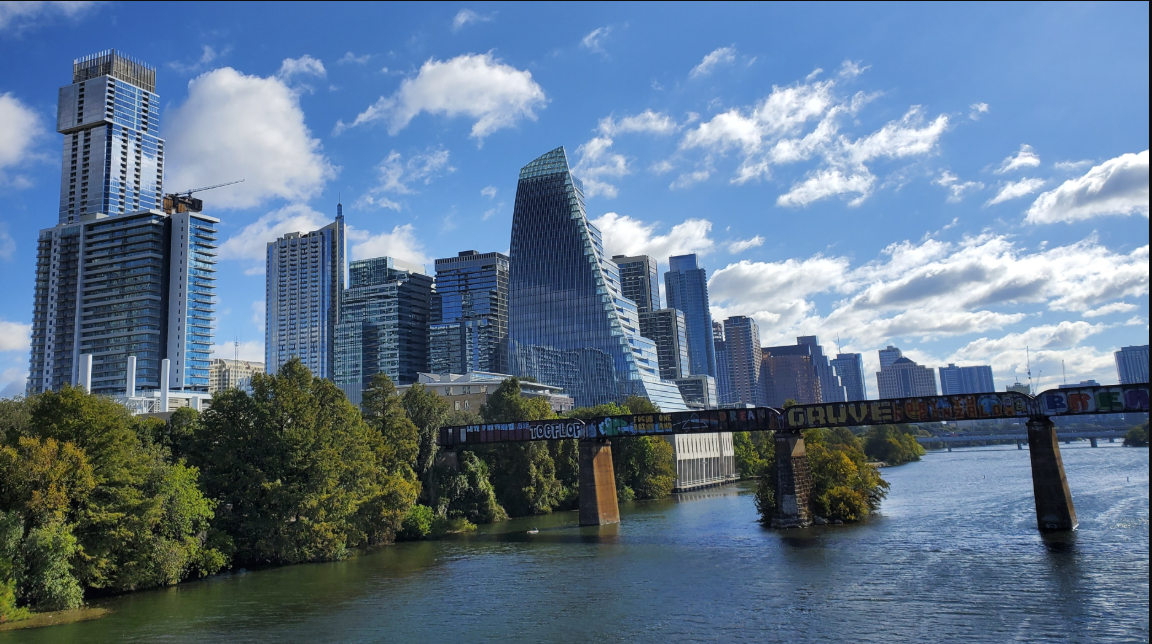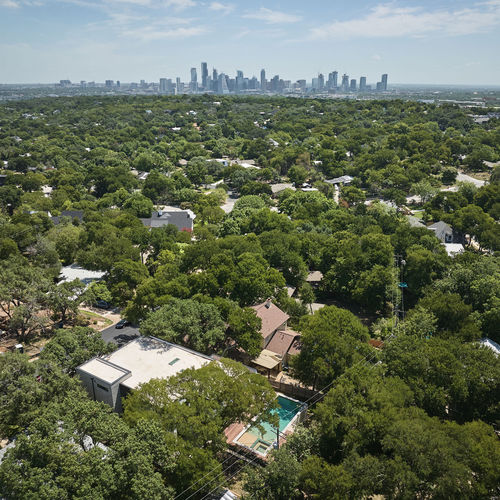If you are thinking about relocating to Austin, one of the first things you have probably searched is the cost of living. The truth is that Austin has changed dramatically over the past decade, and the cost of living conversation looks very different today than it did even five years ago. Here is a clear, updated breakdown to help you plan your move with confidence.
🏡 Housing Costs
Housing is the biggest factor in Austin's cost of living. Home prices climbed quickly from 2020 through 2022 and have since corrected. While prices are still higher than pre pandemic levels, buyers now have more leverage, more inventory, and more time to make decisions.
Buying: The median single family home price sits well below the 2021 peak, and new construction communities are offering generous incentives. Rate buydowns, closing cost credits, and appliance packages are common, especially for homes that have been on the market for more than 30 days.
Renting: Austin rental prices have flattened. Many apartment communities are offering one month free or reduced upfront deposits. Compared to other major tech hubs, Austin rent is still competitive.
💡 Utilities and Services
Utility costs in Austin are moderate. Electricity tends to rise in the summer due to air conditioning use, but water and internet remain consistent with national averages. Fiber internet is widely available, which is a major benefit for remote workers and tech professionals.
🍽️ Food and Groceries
Austin's food scene is one of its biggest attractions, but eating out is not cheap. Groceries are slightly above the national average due to transportation costs and high demand. Restaurants range from affordable local favorites to high end dining, so costs vary based on your habits.
If you enjoy cooking at home, you will find grocery prices manageable. If you love eating out several times a week, plan for a higher monthly budget.
🚗 Transportation
Austin is a car heavy city. Without a full public transit system, most residents drive. Gas prices fluctuate with national trends, and insurance rates vary by area. Parking is generally free outside of the urban core, which keeps total transportation costs lower than cities like Los Angeles or Seattle.
Rideshare services are widely available, and electric vehicle charging stations are expanding throughout the metro.
🌟 Lifestyle and Recreation
One of the biggest advantages of Austin is that many activities are free or low cost. Hiking, paddle boarding, live music in public spaces, Barton Springs, and community events add to the lifestyle without draining your budget.
Fitness studios, festivals, and large entertainment events can be pricier, but the city offers a wide range of options that fit every budget.
🧾 Taxes
Texas has no state income tax, which is a major financial benefit for many households. Property taxes are higher than the national average, especially in newer suburban communities. Before buying, it is important to understand tax rates for each neighborhood since they vary significantly.
📌 Is Austin an Affordable Place to Live?
Austin is not the budget friendly city it once was, but it offers strong value compared to other major tech metros. The quality of life, growing job market, and outdoor lifestyle remain huge draws. For many people, the benefits outweigh the higher costs.
If you are relocating from a coastal city, Austin may feel affordable. If you are coming from a smaller town, it will feel more expensive. The key is choosing the right neighborhood and planning ahead.
Planning Your Move?
If you want help breaking down neighborhood prices, commute considerations, or school zones, you can connect directly with the best realtor in Austin, Brendan Sanford.
📱 Call or text: (512) 696 0673
📧 Email: [email protected]
Understanding the cost of living before you arrive will set you up for success. Let’s make your move to Austin smooth and stress free.

